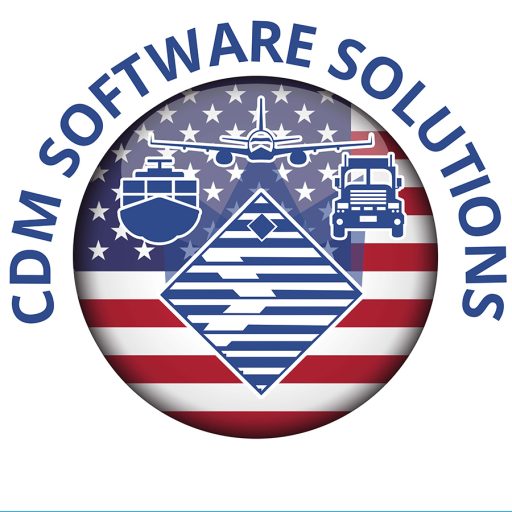In the world of international trade, compliance with security filings is crucial for smooth import and export operations, particularly when dealing with the United States. Understanding the basic security filings required for importing and exporting goods is essential for businesses to avoid delays, penalties, and potential disruptions. This article provides a comprehensive guide to some of the fundamental security filings, including the Automated Export System (AES), Importer Security Filing (ISF), and Sea Automated Manifest System (Sea AMS).
Automated Export System (AES):
- The Automated Export System (AES) is an electronic filing system administered by the U.S. Census Bureau. It is used for collecting and processing export data, facilitating compliance with U.S. export regulations, and enforcing export control laws. AES filing is mandatory for all shipments valued at $2,500 or more, as well as shipments that require an export license or permit. Exporters or their agents must submit electronic export information (EEI) through AES before the goods depart from the United States.
Key Components of AES Filing:
- Shipper and consignee information
- Commodity description and classification
- Value of the goods
- Destination country and ultimate consignee
- Export license or exemption citation, if applicable
Importer Security Filing (ISF):
- The Importer Security Filing (ISF), also known as “10+2,” is a security measure implemented by U.S. Customs and Border Protection (CBP) to enhance cargo security and risk assessment for maritime shipments bound for the United States. ISF filing requires importers or their agents to submit advance cargo information about shipments entering the country by ocean vessel at least 24 hours before loading at the foreign port. ISF filing applies to shipments intended for both consumption and transportation and in-bond movements.
Key Components of ISF Filing:
- Importer of record information
- Consignee information
- Manufacturer or supplier information
- Country of origin
- Harmonized Tariff Schedule (HTS) code
- Container stuffing location and stowage plan
- Consolidator or deconsolidator information, if applicable
Sea Automated Manifest System (Sea AMS):
- The Sea Automated Manifest System (Sea AMS) is an electronic manifest filing system used by ocean carriers and freight forwarders to transmit manifest data to CBP for incoming vessel shipments. Sea AMS filing is mandatory for all ocean carriers and non-vessel operating common carriers (NVOCCs) operating vessels bound for the United States. It enables CBP to conduct risk assessments, target high-risk cargo, and expedite the clearance process for low-risk shipments.
Key Components of Sea AMS Filing:
- Carrier and vessel information
- Voyage details
- Container and seal numbers
- Consignee and notify party information
- Description of goods and commodity codes
- Weight and quantity of cargo
Compliance with AES, ISF, and Sea AMS requirements is essential for businesses engaged in international trade with the United States. Failure to file accurate and timely security information can result in delays, fines, and even shipment refusal. To ensure smooth import and export operations, businesses should familiarize themselves with the filing requirements, leverage electronic filing systems, and work closely with customs brokers or freight forwarders to navigate the complexities of security filings effectively. By prioritizing compliance and embracing technology, businesses can streamline their supply chain operations and mitigate risks associated with international trade.

